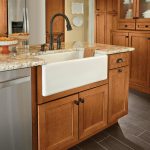Proper ventilation in your bathroom is crucial for maintaining a healthy and functional plumbing system. Understanding how to vent a toilet sink and shower ensures that your fixtures operate smoothly, preventing unpleasant odors and avoiding potential plumbing issues. Whether you’re a seasoned DIY enthusiast or a homeowner looking to tackle plumbing tasks for the first time, this comprehensive guide will walk you through the essential steps and considerations for effectively venting these bathroom essentials.
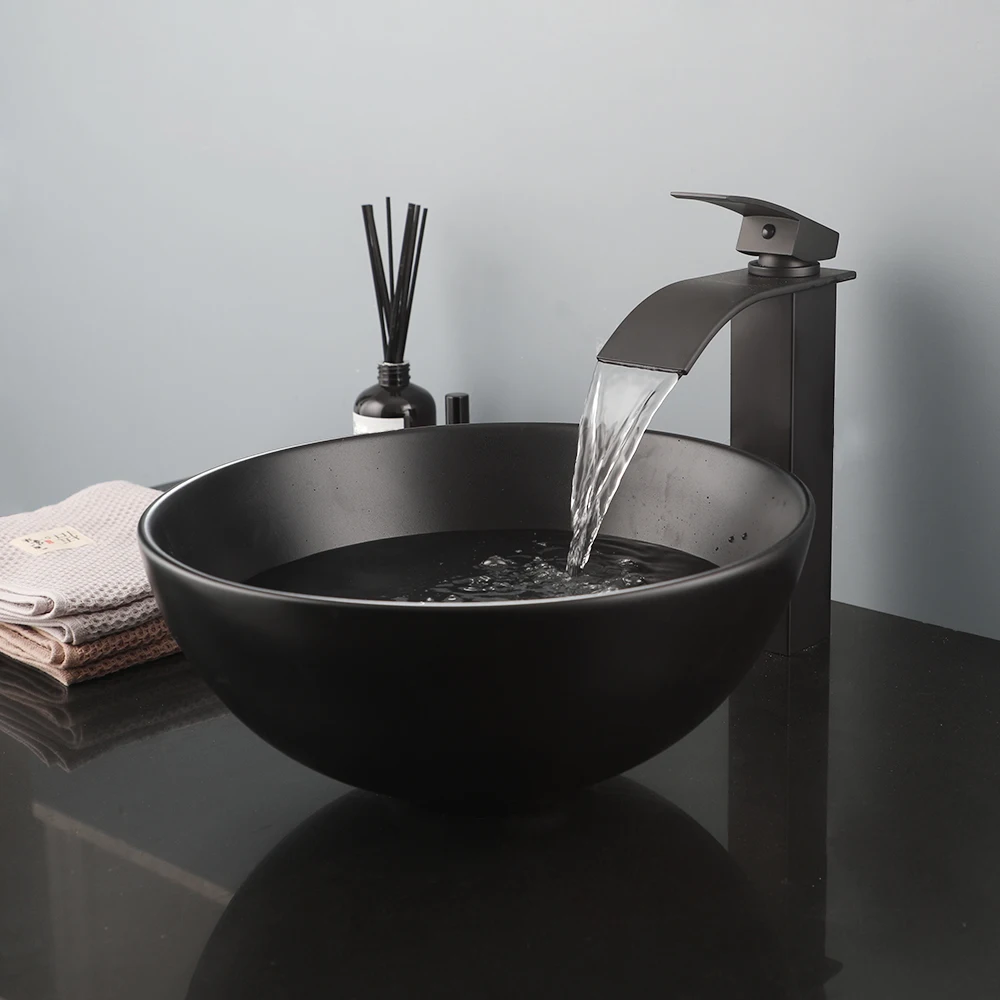 Importance of Proper Venting in Bathroom Plumbing
Importance of Proper Venting in Bathroom Plumbing
Understanding the importance of proper venting in bathroom plumbing is critical for any homeowner or DIY enthusiast. Venting serves a fundamental role in your home’s plumbing system. Without it, you might face serious issues. Here are the key reasons why venting is vital:
- Maintains proper air pressure: Vents balance the air pressure in plumbing pipes. This balance allows waste and water to move smoothly through the pipes.
- Prevents slow drainage: Proper venting ensures that water drains quickly and efficiently. This way, you avoid the annoyance of slow-draining sinks and showers.
- Keeps water seals intact: Traps under fixtures maintain a water seal that stops sewer gases from entering the home. Vents help maintain these water seals by preventing siphoning of the trap water.
- Reduces noise: Vents can reduce the gurgling sounds often heard when drains are not vented correctly.
- Prevents sewer gas buildup: Vents allow sewer gases to escape the plumbing system safely. These gases are not only unpleasant but can also be harmful to your health if they accumulate.
Properly venting a toilet, sink, and shower is not just about following building regulations – though that is crucial. It’s about ensuring the health, safety, and comfort of your home environment. By incorporating the practice of how to vent a toilet sink and shower effectively, you’ll maintain a well-working plumbing system.
Remember, inadequate venting can lead to numerous issues, including slow drains, unpleasant odors, and even structural damage over time. Therefore, consider these factors seriously when installing or maintaining your bathroom plumbing.
Basics of Plumbing Vents: How They Work
Plumbing vents are crucial to any bathroom setup. They prevent negative pressure and vacuum formations. This ensures that water and waste flow smoothly. Vents achieve this by allowing air to enter pipes. This air maintains the necessary pressure equilibrium. Each fixture, like a toilet, sink, or shower, typically has its own vent.
Vents also serve as an exit for sewer gases. These gases rise through the vents and exit above the roofline. This keeps the home safe from unpleasant and possibly harmful fumes. Proper vent placement is key. Vents should sit close to the fixture they serve. They connect to the main drain line. This design helps to keep the system efficient and prevents issues like slow drainage.
To sum up, a plumbing vent:
- Balances air pressure in pipes.
- Aids in efficient waste and water flow.
- Prevents the siphoning of trap water.
- Allows sewer gases to escape safely.
Understanding how to vent a toilet sink and shower using these principles is essential. Ensuring that each fixture is vented correctly will help maintain your bathroom’s plumbing integrity.
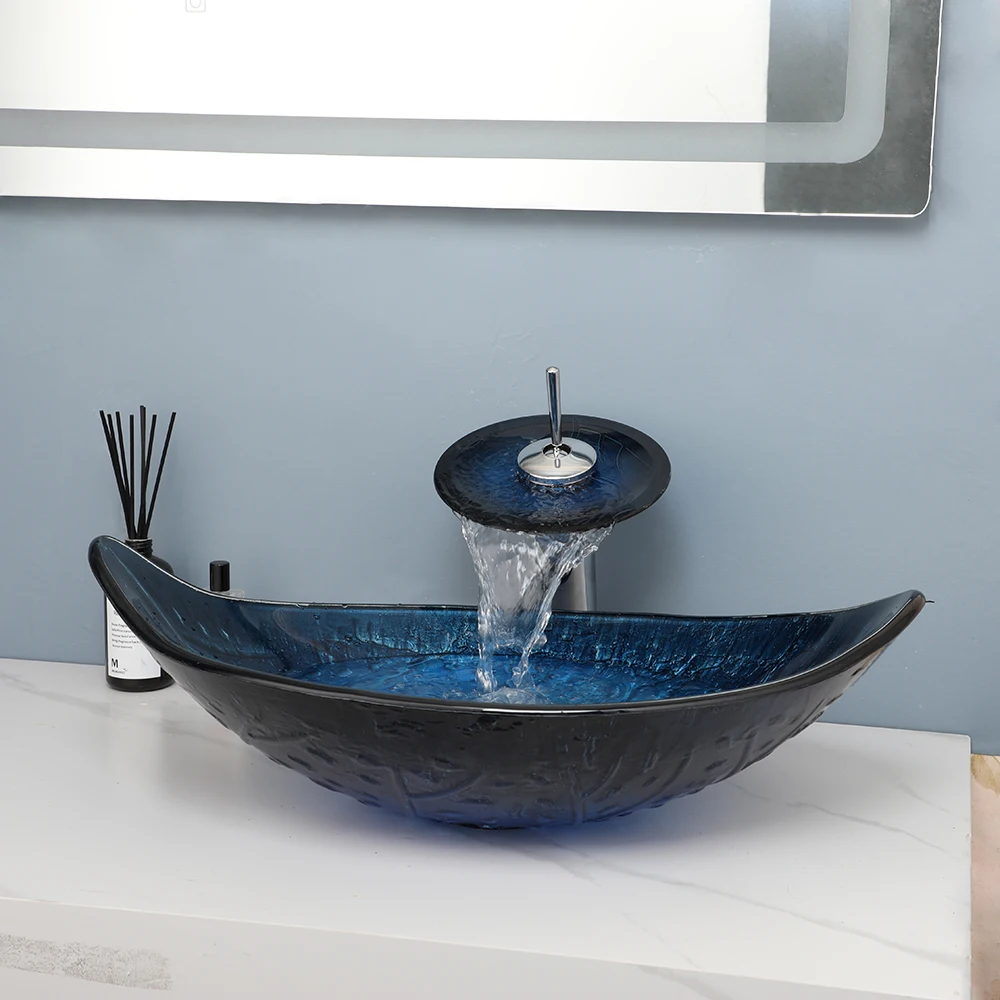 Step-by-Step Guide to Venting a Toilet
Step-by-Step Guide to Venting a Toilet
Properly venting a toilet is crucial for a functional bathroom plumbing system. Follow this step-by-step guide to ensure your toilet is correctly vented.
- Locate the Vent Pipe: Identify the existing main vent pipe in your home. It usually penetrates the roof.
- Determine the Distance: Measure the distance from the toilet drain to the main vent. Keep it within code requirements.
- Choose the Right Size: Select a vent pipe that matches your toilet’s size. It will maintain proper air flow.
- Drill a Hole: Carefully drill a hole through the bathroom wall to connect the toilet to the main vent.
- Install Pipe Fittings: Use appropriate fittings to connect the vent pipe to the toilet drain. Ensure a tight fit.
- Run the Vent Pipe: Extend the vent pipe from the toilet and connect it to the main vent. Avoid sharp angles.
- Secure the Connections: Fasten all connections firmly to prevent leaks and maintain the seal.
- Check Local Codes: Always refer to local building codes for specific requirements on how to vent a toilet sink and shower.
- Test the System: Flush the toilet to test for proper venting. Listen for unusual noises.
By following these steps, you will have a better understanding of how to vent a toilet sink and shower. Proper venting plays a pivotal role in preventative maintenance and ensures your bathroom’s plumbing system operates efficiently.
Best Practices for Venting a Bathroom Sink
When venting a bathroom sink, follow these best practices to avoid issues:
- Keep it Close: Place the vent pipe near the sink to prevent slow drainage and gurgling noises.
- Adhere to Codes: Make sure the vent distance from the sink follows local building codes.
- Use Proper Materials: Choose durable pipes and fittings to ensure long-lasting vents.
- Maintain Minimum Size: The sink’s vent size must meet codes to properly balance air pressure.
- Check for Blocks: Regularly inspect the vent for blockages, which can disrupt proper functioning.
- Seal Joints: Apply sealant on joints to prevent leaks and maintain trap water seals.
- Slope Correctly: Angle the vent pipes upward towards the main vent for efficient gas escape.
- Consult Professionals: If unsure, consult a plumber to understand how to vent a toilet sink and shower.
By applying these practices, you can ensure that the sink is well-vented and that you maintain the effectiveness of your plumbing system.
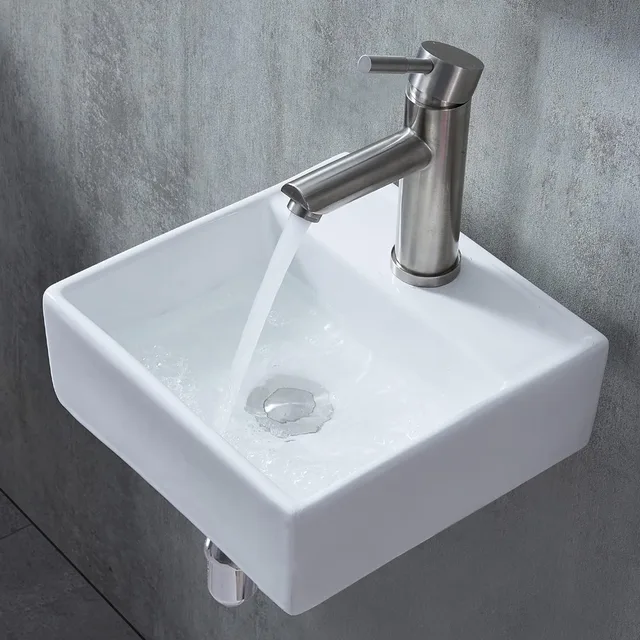 Effective Venting Solutions for Showers
Effective Venting Solutions for Showers
Ensuring your shower has effective venting is as important as it is for toilets and sinks. Proper ventilation for showers prevents a host of plumbing issues. Here’s how to vent a shower efficiently:
- Identify the Vent Location: Find where the main vent pipe is situated in relation to the shower. It should be as close as possible to the shower drain.
- Measure the Distance: Confirm the distance from the shower to the main vent complies with your local building codes. Shorter distances often lead to better venting.
- Select the Right Size Vent Pipe: The diameter of the vent pipe for your shower should meet local code requirements. Correct sizing is critical for adequate air flow.
- Connect to the Main Vent: Run a pipe from the shower drain to the existing main vent stack. Ensure a smooth path without sharp turns.
- Ensure Proper Slope: Any horizontal vent pipes should have a slight upward slope towards the main vent. This helps with the flow of sewer gases.
- Seal All Connections: Use the right materials to seal connections between pipes. This keeps the system airtight and prevents leaks.
- Check Vent for Obstructions: Regularly inspect your shower vent for any blockages. Clear vent lines help maintain good drainage.
- Seek Professional Advice: If you’re unsure about how to vent a toilet sink and shower, especially with complex setups, call a professional plumber.
By following these steps, you can provide your shower with an effective venting solution. This will keep your bathroom plumbing in top condition and prevent common venting issues.
Common Venting Mistakes to Avoid in Bathroom Plumbing
When working on how to vent a toilet sink and shower, some common mistakes can occur. It’s essential to be aware of these to ensure your bathroom plumbing remains trouble-free. Avoid these common venting errors to save yourself from future headaches:
- Ignoring Distance to Main Vent: Always keep vent pipes within the required distance to the main vent. This prevents poor drainage.
- Using the Wrong Size Vent Pipe: Incorrect pipe size can disrupt air flow. Match the vent pipe diameter with the fixture requirement.
- Neglecting Local Codes: Failing to adhere to building codes can result in improper venting. Always check the regulations.
- Forgetting to Test: After installation, test the system. Make sure there are no unusual sounds or slow draining.
- Creating Sharp Turns in Vents: Sharp angles can block venting. Aim for a smooth path for vent pipes.
- Overlooking Regular Maintenance: Blockages can form over time. Inspect and clear vents regularly.
- Missing Proper Sealant Use: Always seal connections. This prevents leaks and keeps sewer gas out.
- Venting Multiple Fixtures Together Incorrectly: This can cause air pressure issues. Understand how to vent multiple fixtures properly.
By being mindful of these mistakes, you can avoid common issues in your bathroom’s venting system. Remember, if you’re unsure, it’s best to consult a professional. With the right approach, your toilet, sink, and shower will function seamlessly with effective venting strategies.
When installing bathroom vents, it’s vital to understand and follow the local building codes. These regulations ensure that bathroom plumbing systems are safe, functional, and up to standard. Here are several key points to guide you through the process:
- Check Local Requirements: Different areas have unique regulations. Always start by checking your local building codes for any specific guidelines on how to vent a toilet sink and shower.
- Secure Necessary Permits: Before starting any plumbing work, obtain the required permits. This step is crucial for legal and safety reasons.
- Consult Code Books: Local building codes for plumbing should be detailed in code books. These books offer valuable insights into the proper sizes, distances, and materials for vents.
- Pay Attention to Pipe Sizing: Codes will specify minimum sizes for vent pipes. Matching these sizes is critical for maintaining proper airflow.
- Adapt to Fixture Units: Plumbing codes often relate to the number of fixture units. Ensure your vent strategy accounts for all the fixtures in your bathroom.
- Consider Vertical Height: There are often rules on the vertical height for vents. Make sure your vents extend to the correct height above the roof line.
- Follow Proper Sloping: Vents must slope properly to prevent water from collecting. Codes specify the degree of slope needed for optimal function.
- Be Aware of Exceptions: In some cases, there might be exceptions to standard codes. Stay informed about any unique allowances.
By following these guidelines, you can navigate the complexities of building codes and regulations. This will help maintain the integrity of your bathroom’s plumbing system. Remember, deviating from codes not only risks the system’s efficiency but also could lead to legal issues or fines. When in doubt, consult with a professional plumber who is well-versed in local building regulations to ensure your venting is executed correctly.
Troubleshooting Vent-Related Issues in Bathroom Plumbing
Troubleshooting is key when facing vent-related issues in bathroom plumbing. Take these steps to identify and fix problems:
- Listen for Gurgling Noises: These sounds can indicate a venting problem. Check for blocked vents.
- Test Drain Speed: Slow draining often points to poor venting. Inspect your vent pipes.
- Smell for Sewer Gases: If you catch a whiff of sewer gas, it’s a vent issue. Ensure vents are clear.
- Look for Water in Traps: Water should be in all traps. If not, air pressure may be off.
- Inspect for Obstructions: Leaves and debris can block vents. Clear them out if you find any.
- Ensure Proper Connections: Loose or broken connections disrupt vent function. Tighten or replace parts.
- Verify Vent Pipe Size: The wrong size can cause problems. Make sure it matches fixture requirements.
- Consult Building Codes: Double-check that your vent setup meets local codes. Adjust if needed.
- Seek Professional Help: If issues persist, call a plumber. They know how to vent a toilet sink and shower correctly.
By addressing these areas, you can often solve vent-related issues on your own. However, do not hesitate to call a professional if the problem is beyond your expertise. Properly functioning vents are crucial for your bathroom’s plumbing health.
When to Call a Professional Plumber
While DIY venting is possible for those with plumbing experience, certain situations warrant the expertise of a professional plumber.
Complex Venting Issues
If your bathroom fixtures are located far from the main vent stack or if you encounter multiple venting problems, it’s best to consult a professional. A plumber can assess the situation and implement effective solutions to ensure proper ventilation.
Permits and Local Codes
Venting installations must comply with local building codes and regulations. A professional plumber is knowledgeable about these requirements and can obtain the necessary permits to ensure your venting system meets all standards.
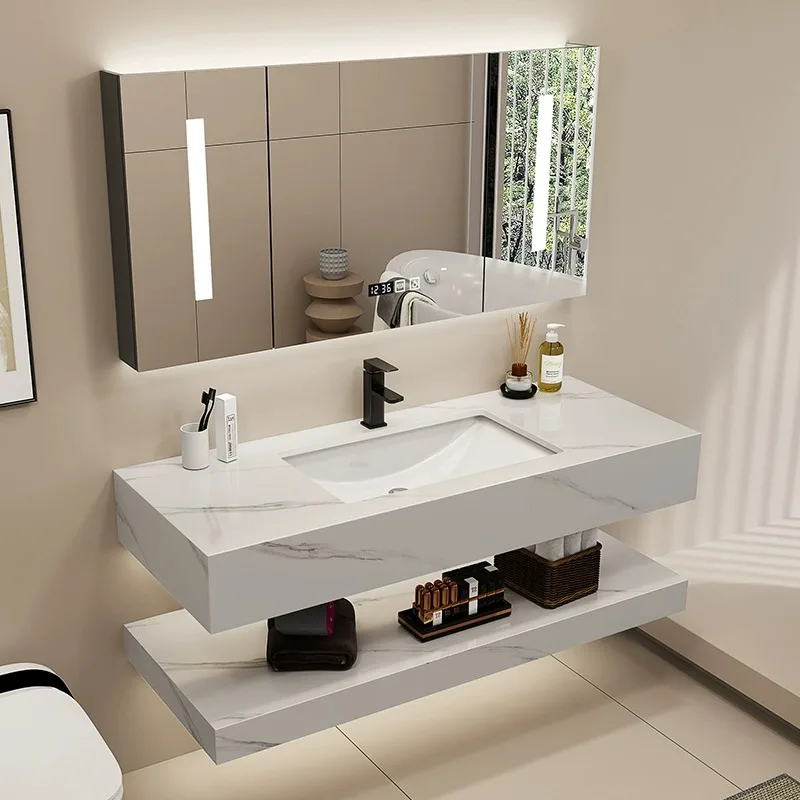 Conclusion: Mastering How to Vent a Toilet Sink and Shower
Conclusion: Mastering How to Vent a Toilet Sink and Shower
Successfully learning how to vent a toilet sink and shower can significantly improve your bathroom’s functionality and prevent common plumbing issues. By understanding the importance of proper ventilation, gathering the right tools and materials, and following a detailed installation process, you can achieve a reliable and efficient venting system. Additionally, regular maintenance and timely troubleshooting will keep your vent pipes in excellent condition, ensuring that your bathroom remains a comfortable and odor-free space. Whether you choose to tackle the project yourself or seek the help of a professional plumber, mastering venting techniques is a valuable skill that enhances the overall integrity of your home’s plumbing system.
 Navigating Building Codes and Regulations for Bathroom Vents
Navigating Building Codes and Regulations for Bathroom Vents